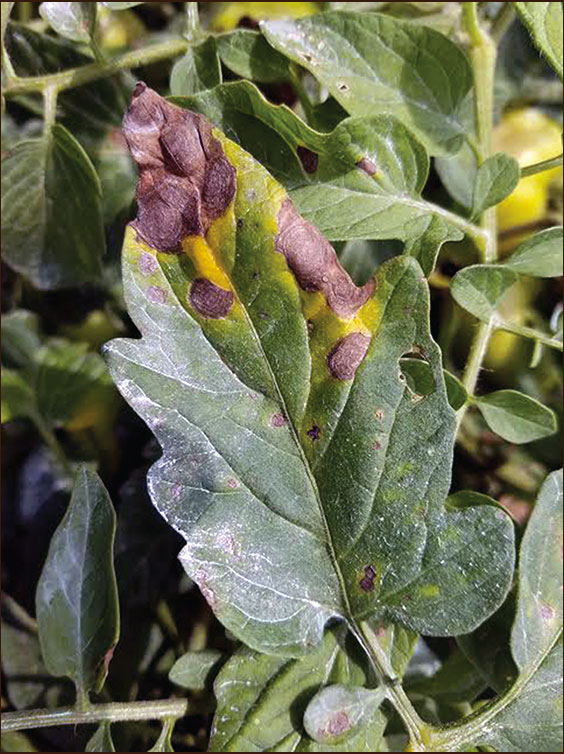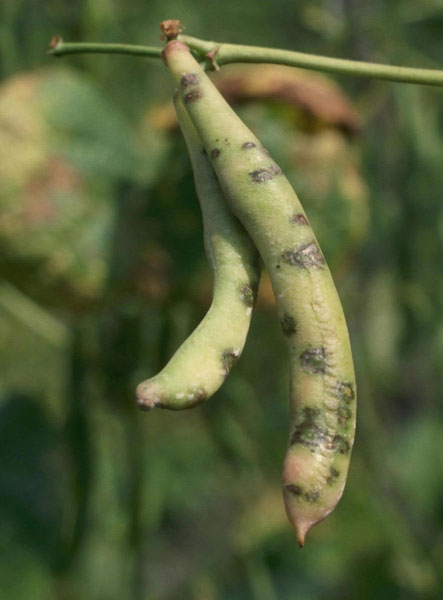
The disease is caused by a number of different bacteria, including Pseudomonas aeruginosa, Pseudomonas syringae, and Xanthomonas oryzae. Bacterial Seedling Blight Of Riceīacterial seedling blight of rice is a serious problem in many rice-growing areas of the world. The lesions may eventually turn black and the affected leaves may die.īacterial leaf blight can be controlled through the use of resistant varieties, crop rotation, and the application of fungicides. Symptoms of bacterial leaf blight include water-soaked or yellowish-brown lesions on the leaves of rice plants.

The disease is caused by the bacterium Xanthomonas oryzae and can lead to significant yield losses. Bacterial Leaf Blight Of Riceīacterial leaf blight of rice is a serious problem in many rice-growing areas of the world. Finally, using a copper-based fungicide can help to kill the bacteria and prevent them from infecting plants. Another is to practice good sanitation in the garden or farm, so as to not spread the bacteria. One is to use resistant varieties of plants. There are a number of different ways to control bacterial blight. Blight can cause leaves to turn yellow and drop off, stunted growth, and in severe cases, death of the plant. This disease is caused by a number of different bacteria, all of which can infect a wide range of plants. Bacterial Blightīacterial blight is a serious problem for gardeners and farmers alike.

If you suspect that your plant has a bacterial disease, contact your local extension office for assistance. However, common symptoms include leaf spots, wilting, and plant death.īacterial diseases can be difficult to control, but early identification and treatment are the key to preventing serious damage. Symptoms of bacterial diseases vary depending on the type of bacteria and the plant that is affected. These bacteria can enter plants through wounds or natural openings, and they can spread quickly through the plant. These diseases can be difficult to control, but early identification is the key to preventing serious damage.īacterial diseases are caused by a wide range of bacteria, including Pseudomonas, Xanthomonas, and Erwinia. Bacterial Diseasesīacterial diseases are one of the most common problems that can affect plants. If you think your plant has blight, take action quickly to prevent the disease from spreading. You can also use fungicides to prevent or treat blight.īlight can be a serious problem for plants. Disinfect your pruning tools after each use. Remove infected leaves, stems, or fruit from the plant. If you think your plant has blight, it is important to take action quickly.

Blight can spread quickly and can be difficult to control. Blight is caused by fungi, bacteria, or viruses.īlight is most often seen in warm, humid weather. Blight can also cause stems to wilt and roots to rot. Blight can cause leaves to turn yellow, brown, or black and can cause fruit to rot. Blight is a plant disease that can affect many different types of plants.


 0 kommentar(er)
0 kommentar(er)
